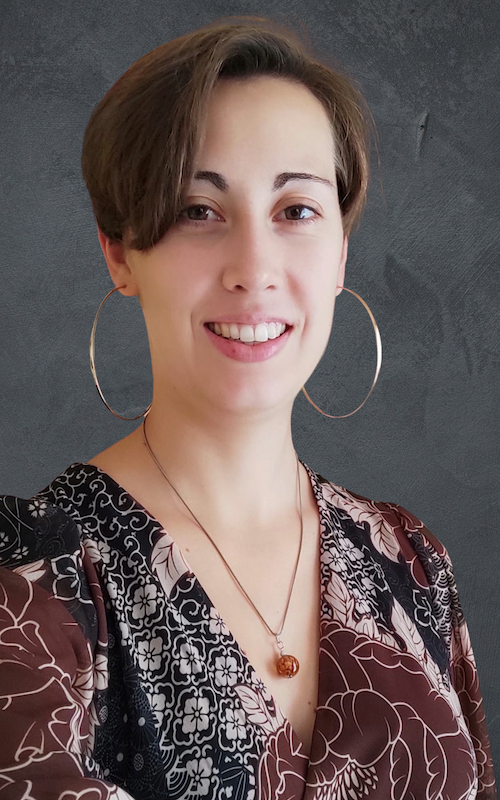NMR is a highly informative analytical technique, which can provide detailed structural information as well as quantitative information on mixtures in a non-invasive way. Its use in reaction monitoring often provides crucial insights. The advent of benchtop NMR spectrometers has paved the way to real-time monitoring through flow NMR, which allows to directly follow the evolution of reaction mixtures with minimal manual operation and no sample preparation. The increasing interest in the use of high field NMR for flow NMR analysis aims at combining the benefits of flow NMR with the higher resolution and sensitivity of high field NMR.
Key challenges in reaction monitoring through high field NMR include the necessity to work in non-deuterated solvents and the need to obtain detailed structural information on samples characterized by strong signal overlap in 1D spectra. Important in this context are thus the use of solvent suppression and 2D experiments. The main challenge in the use of 2D experiments for reaction monitoring is the compatibility between the reaction timescale and the duration of a single NMR experiment.
In this presentation, we describe developments and applications of ultrafast (UF) 2D NMR for reaction monitoring in flow. UF 2D NMR relies on the use of spatial parallelization of the t1 increments and allows to acquire a full 2D dataset in a single scan. We show that ultrafast COSY experiments can be acquired using a commercial flow tube for reaction monitoring. We then present the implementation of the high field flow NMR analysis for the real-time monitoring of organic reactions through 1H 1D spectra and 2D ultrafast COSY, showing how the optimized UF COSY provides reliable integrals, suitable for reaction monitoring, in about 1 min. Applications will be described for the in-line monitoring of flow photoactivated thiol-ene reactions and for the online monitoring of a batch organocatalyzed condensation.
Biography

Dr. Margherita Bazzoni
I am an NMR spectroscopist and an organic chemist currently working in Nantes, France, with a strong interest in NMR methods developments and in the importance of tailoring NMR experiments to the chemical problem of interest.
I completed my Ph.D. at the university of Parma in 2019. My work focused on the synthesis and characterization of calixarene based macrocyclic receptors and on the study of their properties as host for the formation of supramolecular complexes. Taking care of both the synthesis and characterisation of the obtained compounds, this work allowed me to learn organic chemistry skills as well as to exploit various analytical techniques. The characterisation of such supramolecular system is quite challenging. During my Ph.D. I also had the chance to spend some months at the CIREM laboratory in Brussels, this allowed me to expand my NMR knowledges and led to a true curiosity towards methods development.
I now work as a CNRS postdoctoral researcher at the CEISAM laboratory in Nantes. Our work focuses on the development of NMR methods for the analysis of complex and/or time-evolving mixture. Recently we focused on the development of flow-compatible 2D NMR methods at high field, and their application to the monitoring of organic reactions. This position allows me to exploit my background in organic chemistry and expand my NMR expertise.




